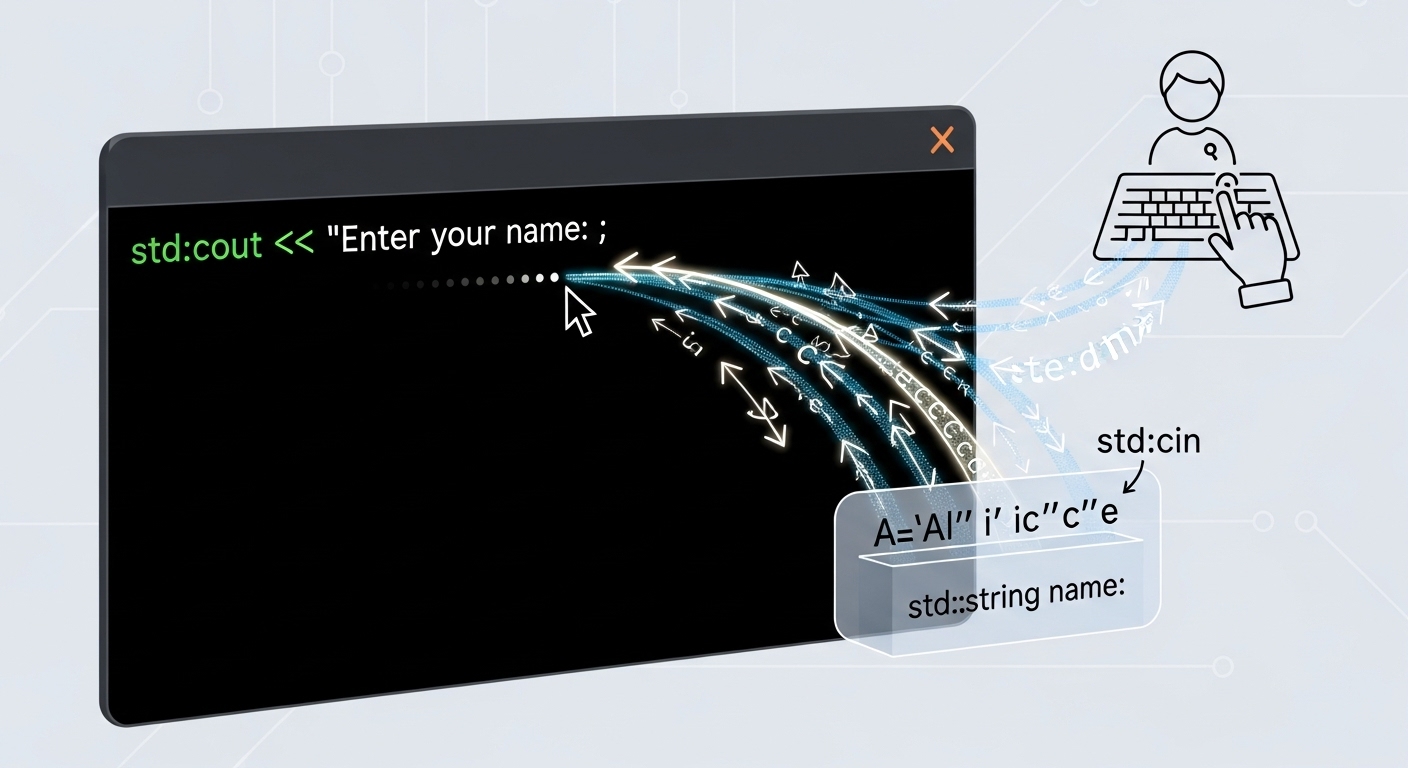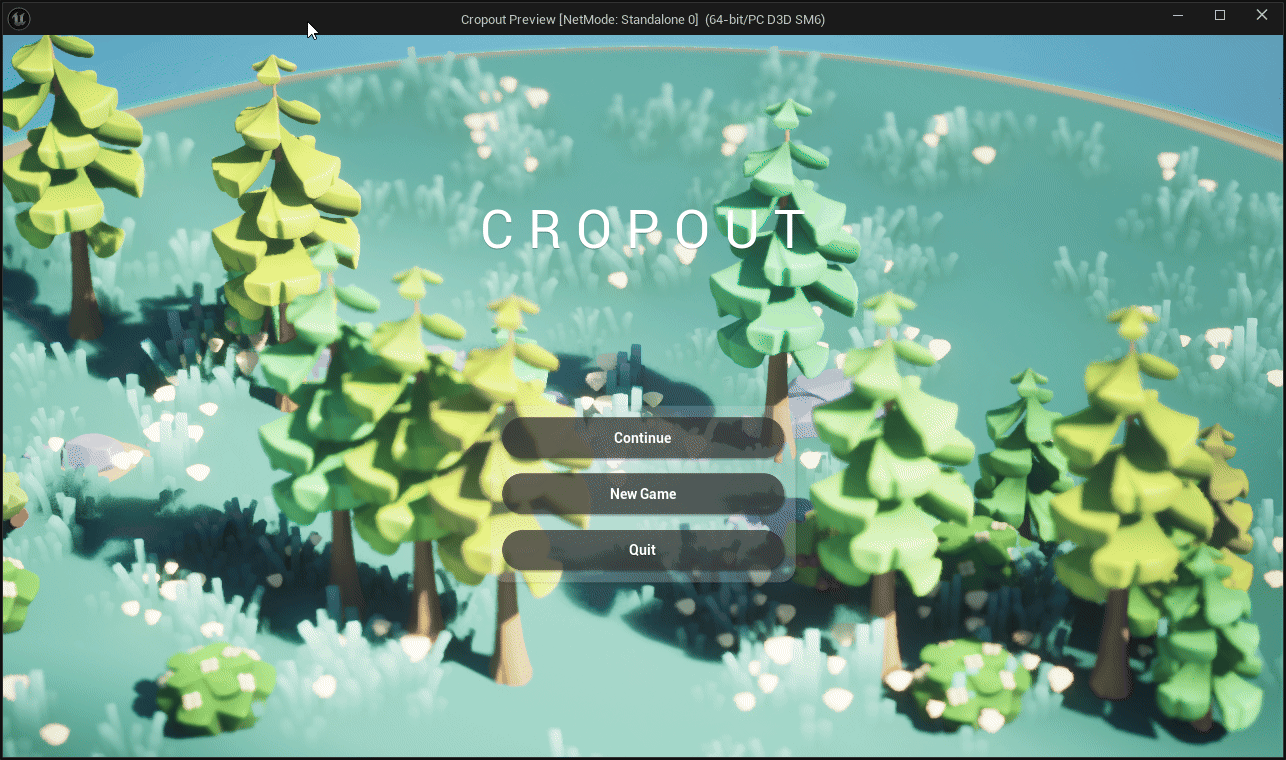 In Part 2 we covered some basic principles about standard input in C++, we talked about the
In Part 2 we covered some basic principles about standard input in C++, we talked about the input buffer stream, the iostate and some mechanisms that the C++ programming language provides us with to get input from users. We ended with a program that takes input from users and stores them, but that had the fatal flaw of only being able to store a single number, which really doesn’t make for a good calculator, does it?
So here are a few changes.
Posts
Input Basics In C++ Part 2 - Streams, Flags and Validation

In Part 1 of this series I covered some C++ fundamentals by building a small unit converter. While the program worked, it had a critical weakness: it assumed the “happy path,” where users never make mistakes. In the real world, things are messy, and as programmers, we have to anticipate how our applications might fail. We can’t predict everything, but we can certainly guard against the most common issues.
Input Basics In C++ Part 1 - Introduction
 In your programming journey, have you ever reached a point where you feel overwhelmed with everything a language can do, leaving you unsure of what to learn first or which features are truly important? I find myself in that exact situation. With each new C++ standard, I feel like I’m falling behind. Here we are in 2025, and I’m still trying to master move semantics and how to best use smart pointers. Learning a language with a rich history like C++ can be grueling. I’ve noticed I often get mesmerized by what’s new, shiny, and exciting, causing me to neglect the fundamentals.
That’s what this post is about: practicing some of the fundamentals of the language and its standard library.
In this new series, I will explore the basics of the
In your programming journey, have you ever reached a point where you feel overwhelmed with everything a language can do, leaving you unsure of what to learn first or which features are truly important? I find myself in that exact situation. With each new C++ standard, I feel like I’m falling behind. Here we are in 2025, and I’m still trying to master move semantics and how to best use smart pointers. Learning a language with a rich history like C++ can be grueling. I’ve noticed I often get mesmerized by what’s new, shiny, and exciting, causing me to neglect the fundamentals.
That’s what this post is about: practicing some of the fundamentals of the language and its standard library.
In this new series, I will explore the basics of the
Replicating Cropout's Transition Animation
 If you are an Unreal Engine developer, then you may be familiar with the Cropout sample project. This project has a lot to offer when it comes to the Engine’s capabilities and I have started a personal journey to reverse engineer it to see how I can enhance my own projects.
If you are an Unreal Engine developer, then you may be familiar with the Cropout sample project. This project has a lot to offer when it comes to the Engine’s capabilities and I have started a personal journey to reverse engineer it to see how I can enhance my own projects.
Cropout features a screen transition animation that I like and I also thought it would be a great starting point to learn from, so this post is about how I replicated the transition from scratch.
Storytelling For Beginners - Part 3
 Welcome to the final part of the Storytelling for Beginners series.
Welcome to the final part of the Storytelling for Beginners series.
Your Greatest Tool
Personal taste is the greatest tool you can have as an storyteller, the trick however is being able to justify why something you like matters to you. It is not about your ability anymore, but about the things that you like. The things that you are passionate about will direct your ability and inform your storytelling process.
Storytelling For Beginners - Part 2
 Welcome to part two of the Storytelling for beginners series.
Welcome to part two of the Storytelling for beginners series.
The Secret to Engagement
The secret to storytelling engagement is… wait for it, wait for it… wait for it… I bet you are thinking “Oh come on, just tell me already!” If you are, then my evil plan to illustrate the concept worked, the answer is tension.
Tension is the space between two opposing forces. It is when the audience doesn’t know the answer to a question in your story or the reasons why something is happening or what is about to happen. The secret of suspense lies in how good you are at keeping secrets. Hang on to a key fact for as long as possible, give hints about it as you, but don’t reveal everything at once or too soon.
Storytelling For Beginners - Part 1
 Storytelling is one of the most underrated skills anyone can have. It lies at the center of our lives—even if we don’t notice it. Storytelling is how we teach, learn, and evolve. Narrative helps us focus. It is everywhere.
Storytelling is one of the most underrated skills anyone can have. It lies at the center of our lives—even if we don’t notice it. Storytelling is how we teach, learn, and evolve. Narrative helps us focus. It is everywhere.
- Do you want to impress girls? Tell them a good story.
- Do you want to be successful in a job interview? Connect with your interviewer by telling a good story instead of mindlessly spitting out facts.
- Do you want to teach programming so that your students learn and remember? Tell them programming-related stories.
In this series of articles, I aim to share the basics of what I have learned about starting your journey as a storyteller.